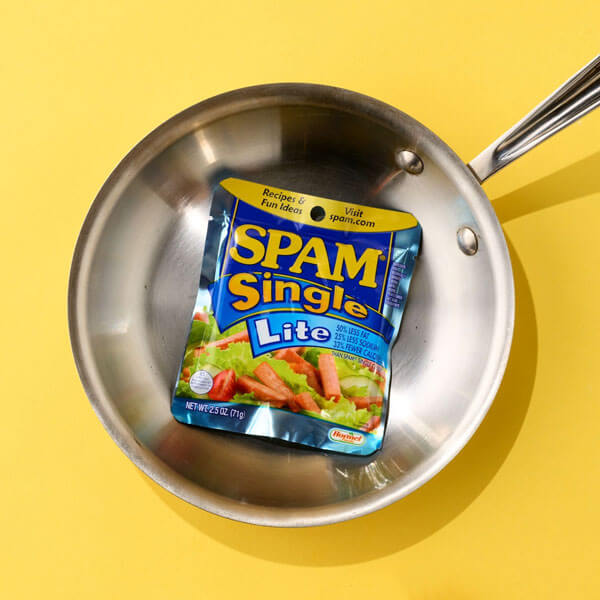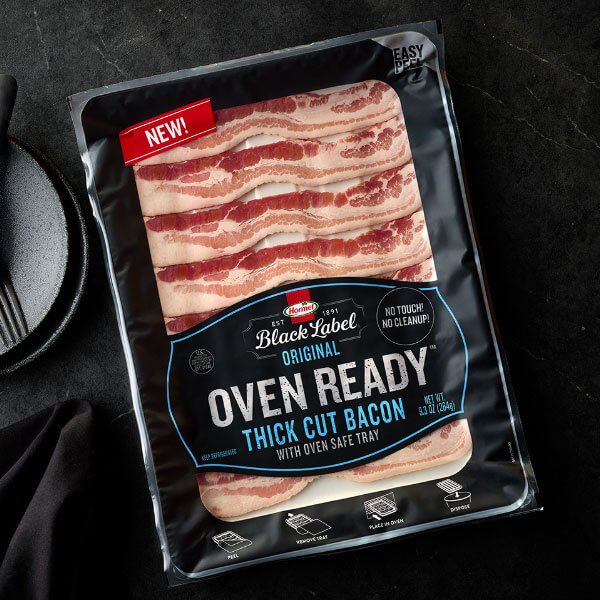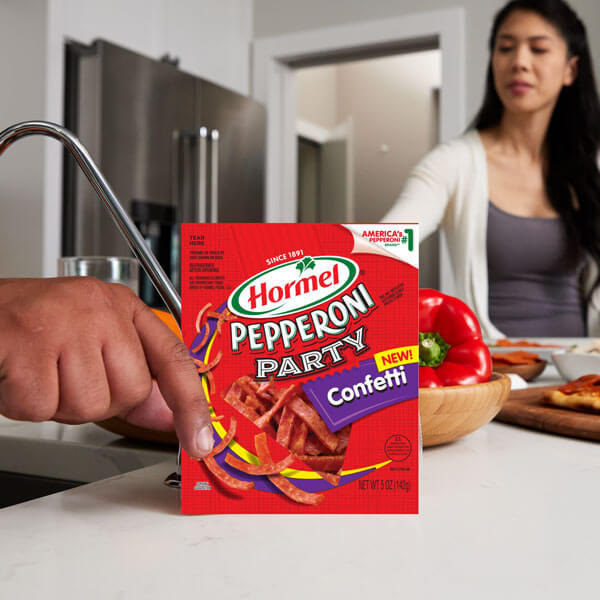In the case of SPAM® Singles, the team identified several critical trendlines. Motivated by inflationary pressures and growing interest in sustainability, consumers are increasingly reluctant to waste food. In addition, the team saw that consumers were already using SPAM® products in smaller portions, in musubi rolls, sandwiches and toppings for ramen. A younger group of consumers provided the final insight: they were curious about SPAM® products, interested in trying the product but reluctant to buy the whole can. All of those insights encouraged the team to develop the SPAM® Singles line.
“We’re seeing that 74% of shoppers say they enjoy trying new foods and seeking out unique flavors and trends. With the SPAM® brand, we get to lean into that by creating edible, multi-sensory experiences that connect consumers with the brand in a genuine way,” said Kellie Benning, senior innovation manager at Hormel Foods.
OVEN READY™ Bacon also solved a problem that faces every company that sells bacon: It distinguished the Hormel Foods offering from what Peña calls “a sea of sameness” on the meat aisle. “If you don’t distinguish your product in a category, it becomes commoditized,” said Peña. “You can escape the commodification of the product by offering something new, something that solves a problem for the consumer.”
The Challenge Behind the Scenes
Even though the product might be fundamentally the same, the process of changing form often requires extensive innovation in packaging, production processes and marketing. The development timeline for these innovations varies significantly. Even a slight change like portion size can take months of planning. When a change involves a new technology, the process can take many months or even a couple of years.
While the meat slice in OVEN READY™ bacon is identical to traditional bacon, designing and manufacturing the platform was far from simple. “Creating a tray that goes from fridge to oven requires many iterations,” Wieland said. “We had to go back and forth with our supplier and partners, with our R&D folks, with our operations team members to get bacon to cook properly and be easy for consumers to handle.”
The creation of the SPAM® Singles process was even more extensive. Unlike classic SPAM® varieties, which are cooked in the can, SPAM® Singles require a new manufacturing process. This was tricky because the innovation team knew that SPAM® consumers would expect the same taste, flavor and consistency as the original.
“Hormel Foods is fortunate, our brands have incredible equity,” Peña said. “When we innovate and take those products into new categories, we aren’t just leveraging that equity — we are building it as well by making sure those brands stay relevant and exciting for consumers.”






